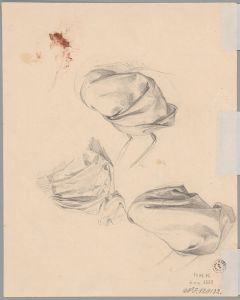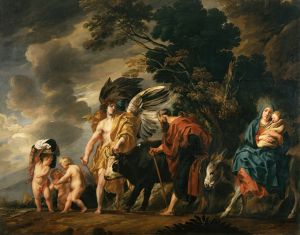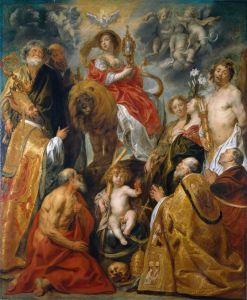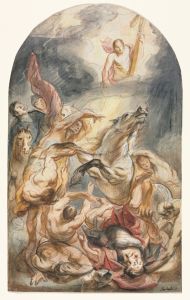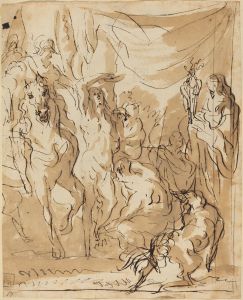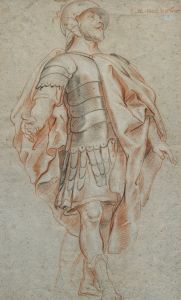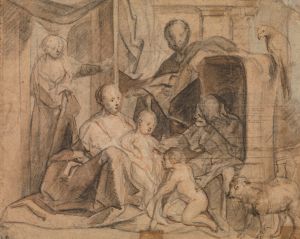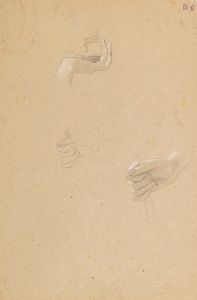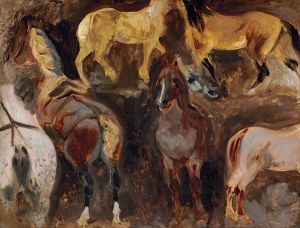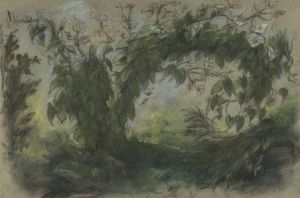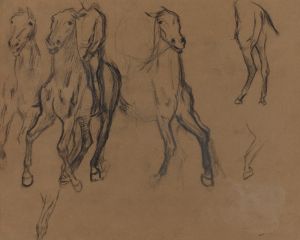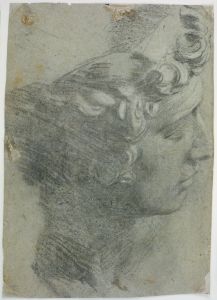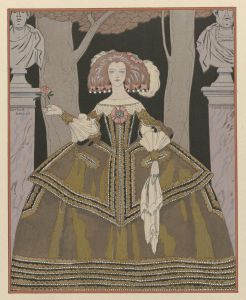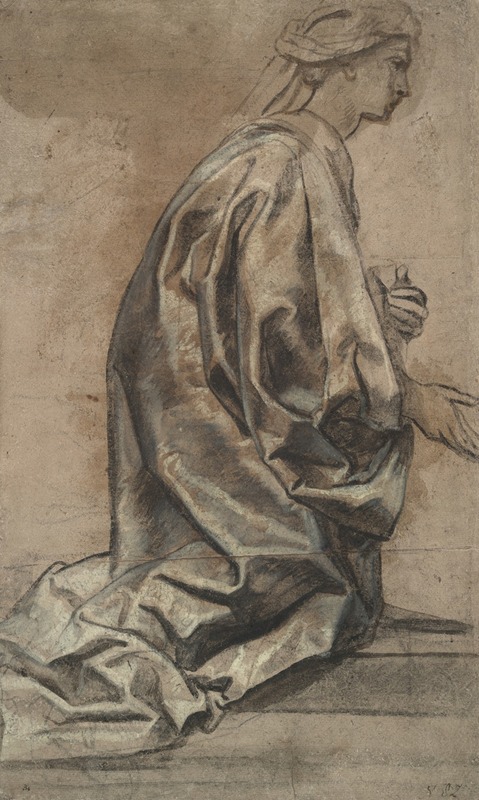
Study of drapery
A hand-painted replica of Jacob Jordaens’s masterpiece Study of drapery, meticulously crafted by professional artists to capture the true essence of the original. Each piece is created with museum-quality canvas and rare mineral pigments, carefully painted by experienced artists with delicate brushstrokes and rich, layered colors to perfectly recreate the texture of the original artwork. Unlike machine-printed reproductions, this hand-painted version brings the painting to life, infused with the artist’s emotions and skill in every stroke. Whether for personal collection or home decoration, it instantly elevates the artistic atmosphere of any space.
Jacob Jordaens was a prominent Flemish Baroque painter, known for his vibrant use of color and dynamic compositions. He was born in Antwerp in 1593 and became one of the leading artists of his time, alongside Peter Paul Rubens and Anthony van Dyck. Jordaens' work is characterized by its lively depiction of figures and intricate attention to detail, often drawing on themes from mythology, religion, and everyday life.
"Study of Drapery" by Jacob Jordaens is an example of his skill in capturing the texture and movement of fabric, a common practice among artists of the Baroque period. Drapery studies were essential for artists to understand how light and shadow interacted with the folds and creases of fabric, which was crucial for creating realistic and dynamic compositions in larger works.
In "Study of Drapery," Jordaens likely focused on the play of light across the fabric, exploring how different materials responded to various lighting conditions. Such studies were often done in preparation for larger paintings, where the accurate depiction of drapery would contribute to the overall realism and emotional impact of the scene. While the specific details of this particular study are not widely documented, it would have served as a foundational exercise for Jordaens, helping him refine his technique and inform his larger, more complex compositions.
Jordaens' approach to drapery was influenced by his training and the artistic environment of Antwerp, which was a thriving center of art and commerce during the 17th century. He studied under Adam van Noort and was heavily influenced by the works of Rubens, who was known for his mastery of drapery and dynamic figures. Jordaens' ability to render fabric with such precision and vitality contributed to his reputation as a master of the Baroque style.
Throughout his career, Jordaens produced a wide range of works, including religious scenes, mythological subjects, and genre paintings. His ability to depict drapery with such skill was evident in many of these works, where the fabric often played a crucial role in conveying movement and emotion. The study of drapery was not only a technical exercise but also an opportunity for Jordaens to explore the expressive potential of his medium.
Jordaens' legacy as an artist is marked by his contributions to the Baroque movement and his influence on subsequent generations of painters. His studies of drapery, while perhaps not as celebrated as his larger works, were an integral part of his artistic process and demonstrate his commitment to mastering the nuances of his craft. These studies provided the foundation for the dynamic and emotive compositions that define his oeuvre.
In summary, "Study of Drapery" by Jacob Jordaens exemplifies the artist's dedication to understanding the complexities of fabric and light, a fundamental aspect of Baroque painting. While specific details about this particular study may be limited, it represents an important aspect of Jordaens' artistic practice and his broader contributions to the art of his time.





